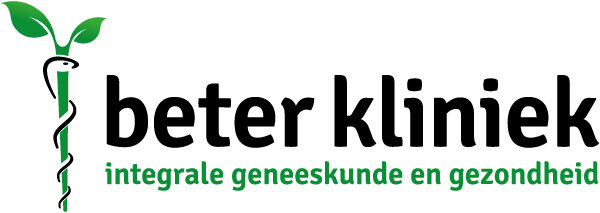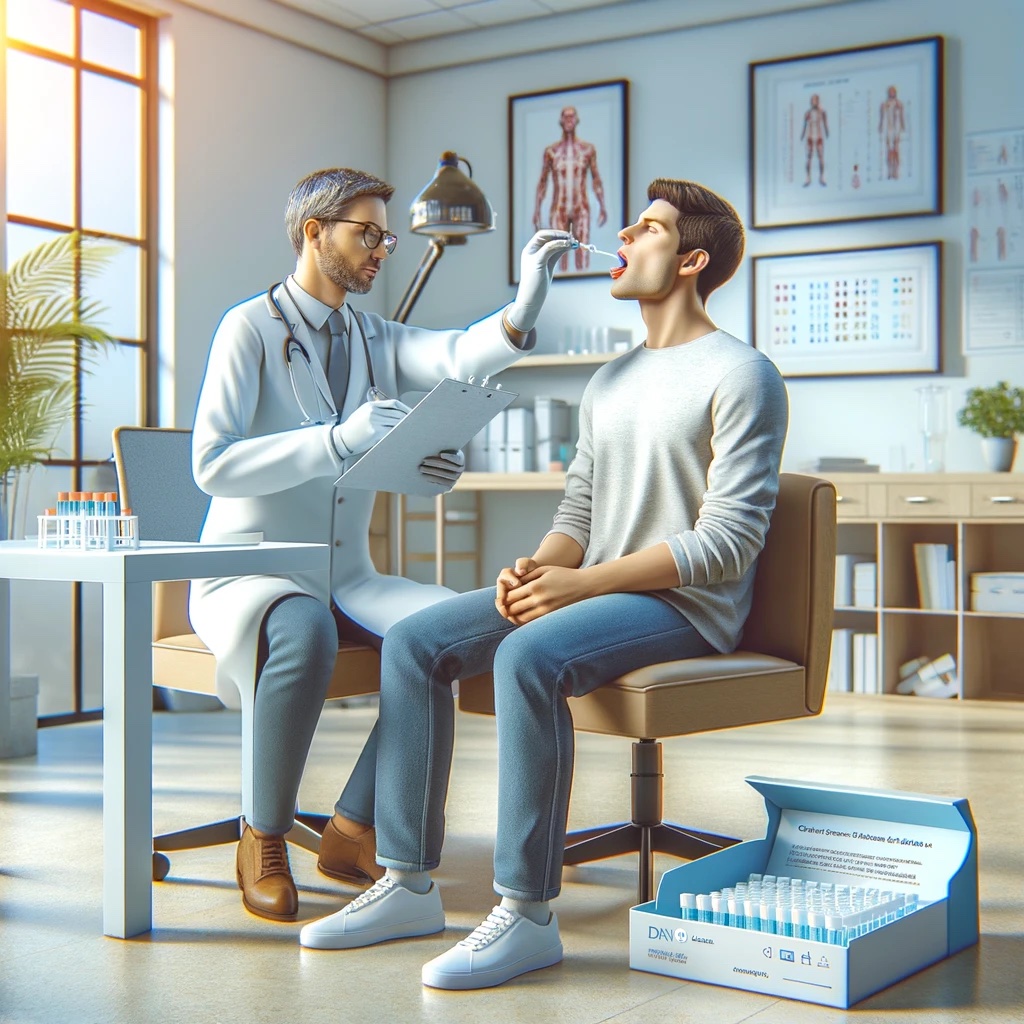What is shockwave therapy?
For what complaints?
Do you have any of these complaints?
- Chronic shoulder pain, with or without calcification
- Chronic elbow pain (tennis or golfer's elbow)
- Pain just below the kneecap
- Chronic Achilles tendon pain (achillodynia)
- Erectile dysfunction (erectile dysfunction)
-
Heel pain (heel spur), pain under the foot
- Spasticity
- Peyronie's disease
- Chronic Pelvic Pain Syndrome (CPPS)
- Chronic neck, shoulder or back pain and tension (trigger points)
- Other forms of tendinopathies
If so, shockwave therapy may be a solution for you!
Want to know if your symptoms can be treated with shockwave
therapy?
How does shockwave therapy work?
Shockwave therapy (also called "extracorporeal shockwave therapy" or
'ESWT') is a treatment technique in which patients are exposed
To powerful "shock waves. These are transmitted through a treatment head
precisely targeted so that at the desired location in the body they create a
mechanical effect.
The best-known medical application of shockwaves is the pulverization of
kidney stones. Within physical therapy, a
of this derived form of shockwave therapy is used. Physiotherapists
Apply the method for treating complaints to the
musculoskeletal system e.g. tennis elbow, calcification in the shoulder joint,
chronic ignition of an Achilles tendon, heel spur, as well as spasticity.
Shockwaves accelerate the healing process through the self-healing
activate properties of the body, they stimulate metabolism and
improve blood circulation.
Forms of shockwave therapy
There are two forms of shockwave therapy. Depending on the type
complaints and of the available equipment, your therapist will choose one of
forms below:
Radial shockwave therapy
In this process, the energy is distributed over a larger area. This
devices produce low to medium energy levels. Radial shockwaves
are ideally suited for trigger points, tendonitis, heel spur and
spasticity.
Focused shockwave therapy
In this process, maximum energy is achieved at a specific
concentrated (focused) point in the body. These devices produce
a medium to high energy level. This is necessary when treating
bone, CPPS, difficult-to-treat calcifications, treatments around the hip and
All conditions that respond inadequately to radial shockwaves.
What does a shockwave treatment look like?
First, based on an interview and physical examination
the pain area localized by the practitioner. In a large number of cases
additional examination is done by ultrasound.
After the diagnosis has been made and shockwave therapy has been found to be
is indicated, the treatment area is exposed to short shockwave
impetus.
First, gel is applied to the treatment area. Then the
shockwave treatment gun is placed on the skin and the shockwaves are
administered while making small circular movements.
Treatment takes about 5-10 minutes per session.
Treatment is given once or twice a week.
Advantages of
shockwave therapy
- Treatment without drugs or surgery.
- Short-term treatment (5 to 10 minutes per session).
- Excellent therapy success after an average of 4 to 5 treatments.
- Treat the causes rather than the symptoms.
- Pain reduction and recovery of mobility after a few days.
- Few side effects. However, slight redness or swelling may occur immediately after treatment .
- Thanks to shockwave therapy, an injection or even surgery may prove unnecessary.
What does a treatment cost?
Most insurances do not yet reimburse the treatment, despite good
results. The Impuls-NVMST Association is committed to helping insurers to
convince the desirability of reimbursement for this scientific
proven and effective treatment.
Science:

